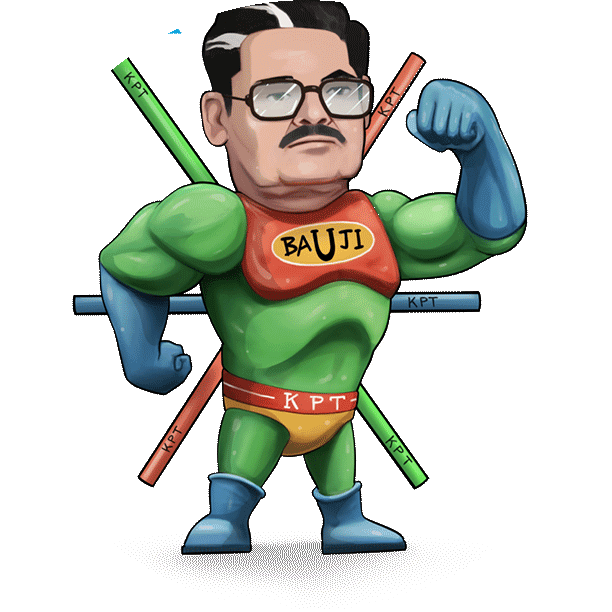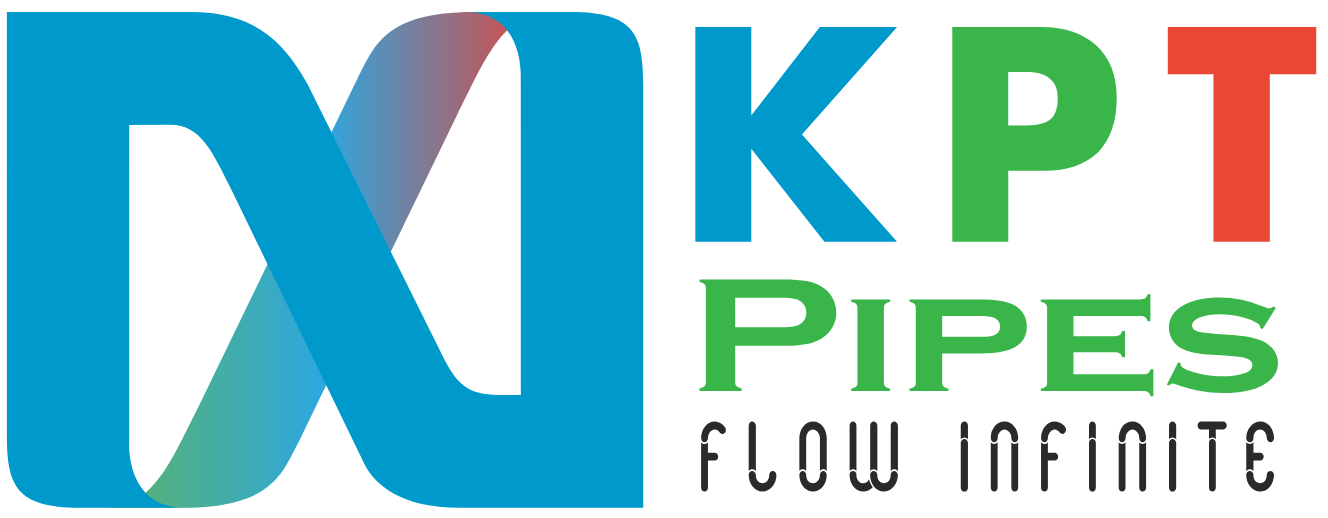Installing PPR (Polypropylene Random Copolymer) pipes can be a straightforward task when done correctly, offering durable and reliable plumbing solutions. However, like any construction project, improper handling can lead to costly mistakes that compromise the performance and longevity of the system. To ensure smooth installation and optimal performance of PPR pipes, it’s essential to be aware of common pitfalls and how to avoid them.
Table of Contents
Toggle1. Neglecting Proper Planning and Design
Mistake: Starting installation without a detailed plan or design can lead to inefficient layouts, improper pipe sizing, and unnecessary joints.
Solution: Before starting the installation process, it’s crucial to carefully plan out how the plumbing system will be arranged. Take into account things like water flow needs, pressure ratings, and local building regulations. Create a detailed blueprint that outlines pipe routes, connection points, and any necessary fittings. This planning phase helps minimize errors during installation and ensures the system meets performance expectations.
2. Incorrect Pipe Sizing and Selection
Mistake: Choosing the wrong pipe size or type for the application can result in inadequate water flow, pressure issues, or premature wear and tear.
Solution: Select PPR pipes based on the specific requirements of the project, including expected water usage and pressure levels. Ensure pipes are appropriately sized to accommodate flow rates and pressure ratings without exceeding manufacturer recommendations. Consider factors such as temperature variations and chemical exposure to choose PPR pipes with suitable material specifications (e.g., UV-resistant or reinforced options for specific environments).
3. Inadequate Joint Preparation and Fusion Welding
Mistake: Rushing through joint preparation or fusion welding can result in weak or leaky connections, compromising system integrity and performance.
Solution: Prioritize proper joint preparation before fusion welding PPR pipes. Prepare pipe ends by cleaning and removing any dirt, debris, and rough edges to ensure proper welding conditions. Ensure surfaces are smooth and evenly cut to facilitate a secure fusion weld. Use calibrated welding equipment and follow manufacturer guidelines for correct heating temperatures and fusion times. Allow sufficient cooling time after welding to ensure joints achieve maximum strength and leak resistance.
4. Incorrect Installation Techniques
Mistake: Incorrectly installing PPR pipes, such as improper alignment, inadequate support, or insufficient anchoring, can lead to stress on joints, pipe movement, or structural damage over time.
Solution: Follow best practices for installing PPR pipes to maintain alignment, support, and anchoring throughout the system. Use appropriate tools and methods to secure pipes firmly in place, avoiding excessive bending or stretching during installation. Ensure fittings are correctly aligned and securely attached to minimize stress on joints. Ensure proper pipe alignment and prevent sagging or shifting by utilizing suggested fasteners and supports.
5. Ignoring Manufacturer Guidelines and Building Codes
Mistake: Disregarding manufacturer recommendations or local building codes can result in non-compliance, void warranties, and compromise system safety and performance.
Solution: Adhere to manufacturer guidelines, specifications, and recommended practices for handling, installing, and maintaining PPR pipes. Familiarize yourself with local building codes, regulations, and permit requirements related to plumbing installations. Ensure all installation procedures and materials comply with applicable standards to guarantee system reliability, safety, and longevity.
6. Lack of Testing and Inspection
Mistake: Failing to conduct pressure testing or inspection after installation can overlook potential leaks, weak joints, or system deficiencies.
Solution: Perform thorough pressure testing and visual inspection of the entire PPR plumbing system before finalizing installation. Use pressure gauges to verify system integrity and detect leaks or pressure drops that indicate faulty joints or fittings. Perform visual checks to verify correct alignment, secure connections, and identify any indications of damage or imperfections. Address any issues promptly to prevent future problems and ensure the system operates efficiently and reliably.
7. Insufficient Training and Experience
Mistake: Undertaking PPR pipe installation without adequate training or experience can lead to errors, safety hazards, and subpar performance.
Solution: Make sure to provide training and certification opportunities for the staff members who will be working on installing PPR pipes. Ensure installers understand proper techniques, safety protocols, and manufacturer recommendations for handling and installing PPR pipes. Experienced supervision and ongoing education contribute to efficient installations and adherence to industry standards, reducing the likelihood of mistakes and ensuring high-quality plumbing systems.
Conclusion
Avoiding common mistakes during PPR pipe installation requires careful planning, adherence to best practices, and attention to detail throughout the project. By addressing potential pitfalls such as inadequate planning, improper handling, incorrect installation techniques, and non-compliance with guidelines, plumbing professionals can ensure PPR pipe systems deliver optimal performance, durability, and reliability. Investing time and effort in proper preparation and execution of PPR pipe installation pays off in the form of efficient plumbing systems that meet or exceed client expectations for years to come.


